How to Choose an Appropriate Nail E-Bit
Choosing the right nail e-bit is crucial for determining the effectiveness of a nail service. The characteristics of the drill bit directly affect the quality of the manicure and pedicure, the client's comfort, and the speed of the procedure.
To make an informed choice, focus on the functional purpose of the drill bit, which depends on the type of work to be done, the client's skin type, and the condition of their nails. Nail e-bits can be either multifunctional or designed to perform specific functions. Experienced nail technicians can often perform an entire manicure or pedicure using just one well-chosen nail e-bit.
Key Parameters for Choosing a Nail E-Bit
- Nail E-Bit Head Shape
- Abrasiveness Colors
- Material of the Nail E-Bit
By summarizing these characteristics, nail technicians can select the most appropriate drill bits from a catalog.
Nail E-Bit Head Shape
Nail e-bits come in various shapes, each suitable for different stages of the manicure or pedicure procedure.
Ball
The ball-shaped nail e-bit is effective for grinding side ridges, removing cuticles, and eliminating burrs. Different ball diameters can be used depending on the application area, skin type, and nail condition.
Cylinder
Cylindrical e-bits can be elongated or short, with sharp edges or a hemisphere at the top to reduce the likelihood of injury. They are used for reducing the length of natural nails and removing old gel coatings.
Needle
The needle-shaped e-bit is ideal for buffing skin inside the lateral sinuses, working on hard-to-reach areas, treating high sidewalls, and addressing separated cuticles. It can also be used to correct extended nails and, during pedicures, for opening and grinding cracks.
Flame
The flame-shaped e-bit is popular due to its versatility. It's used for treating lateral nail folds, removing corns, exfoliating cracked skin, and filing the nail plate.
Cone
The cone-shaped e-bit is effective for working on the cuticle, allowing for precise opening and processing.
Abrasiveness Colors
Different skin types and nail conditions require varying degrees of abrasiveness. The correct choice ensures both client comfort and high-quality results. Nail e-bits are marked with colors corresponding to their abrasiveness:
Extra Fine (Yellow)
Yellow e-bits are designed for thin, sensitive skin and gentle processing of natural nails.
Fine (Red)
Red e-bits have slight abrasiveness, making them universal for removing pterygium and cuticles, and working with lateral sinuses.
Medium (Blue)
Blue e-bits have average abrasiveness and are used for processing areas of skin.
Coarse (Green)
Green e-bits are rough and used for treating hyperhidrosis, hyperkeratosis, and removing old gel or acrylic coatings.
Material of the Nail E-Bit
Diamond Nail E-Bits
Diamond e-bits are used for processing both nails and skin. They feature diamond chips on the head and come in fine and coarse coatings, marked with different colors.
Tungsten Carbide Nail E-Bits
Made from an alloy of carbide and tungsten, these e-bits are highly wear-resistant and are used to remove old coatings. Their uniqueness lies in their ability to cut material into small chips rather than grinding it into dust.
Conclusion
Choosing the right nail e-bit involves understanding the specific needs of the client and the requirements of the procedure. By considering the head shape, abrasiveness, and material, nail technicians can select the appropriate e-bits to ensure a high-quality, comfortable, and efficient nail service. Investing in the right tools not only enhances the client's experience but also improves the overall efficiency and effectiveness of the manicure or pedicure.


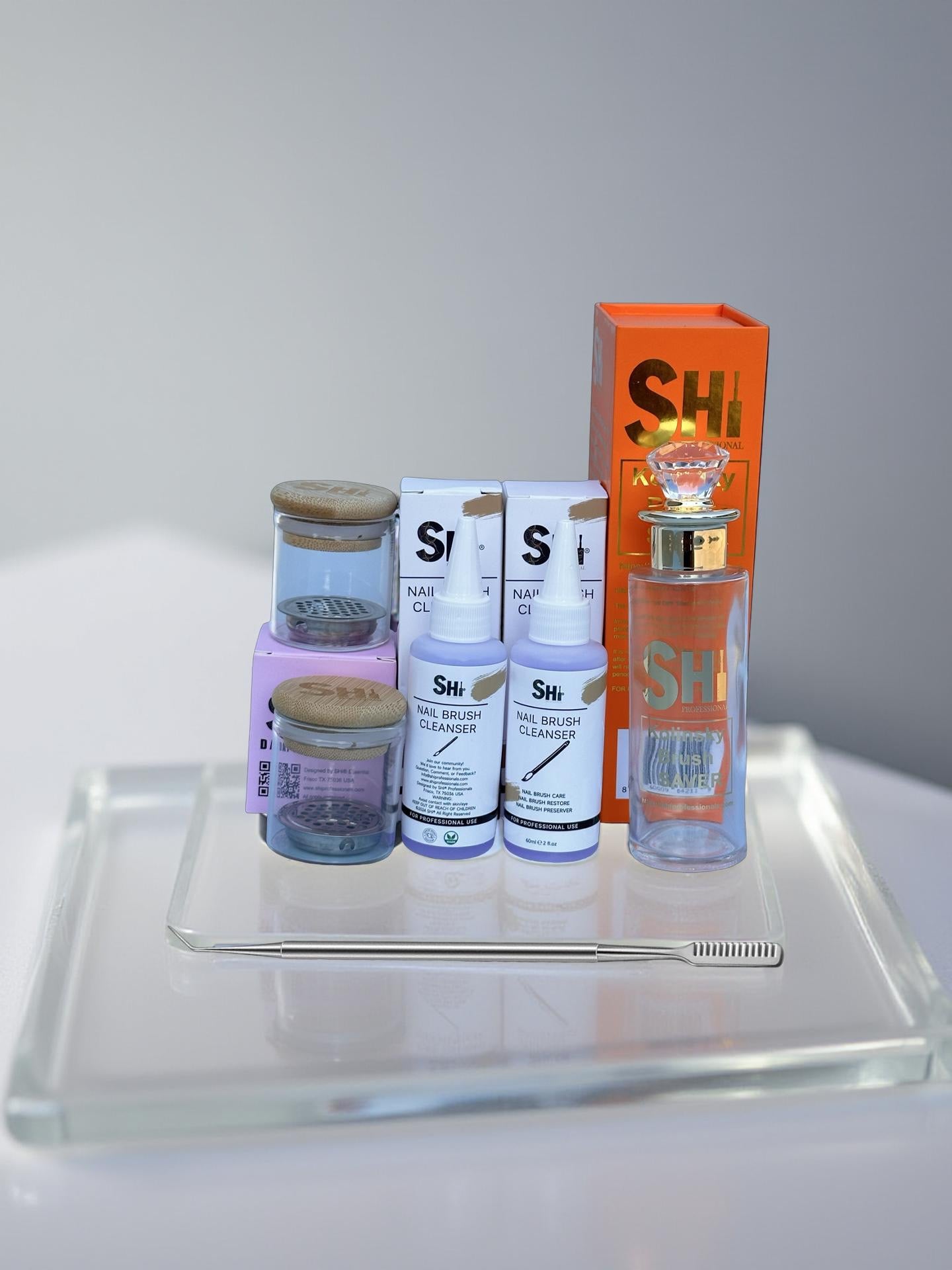
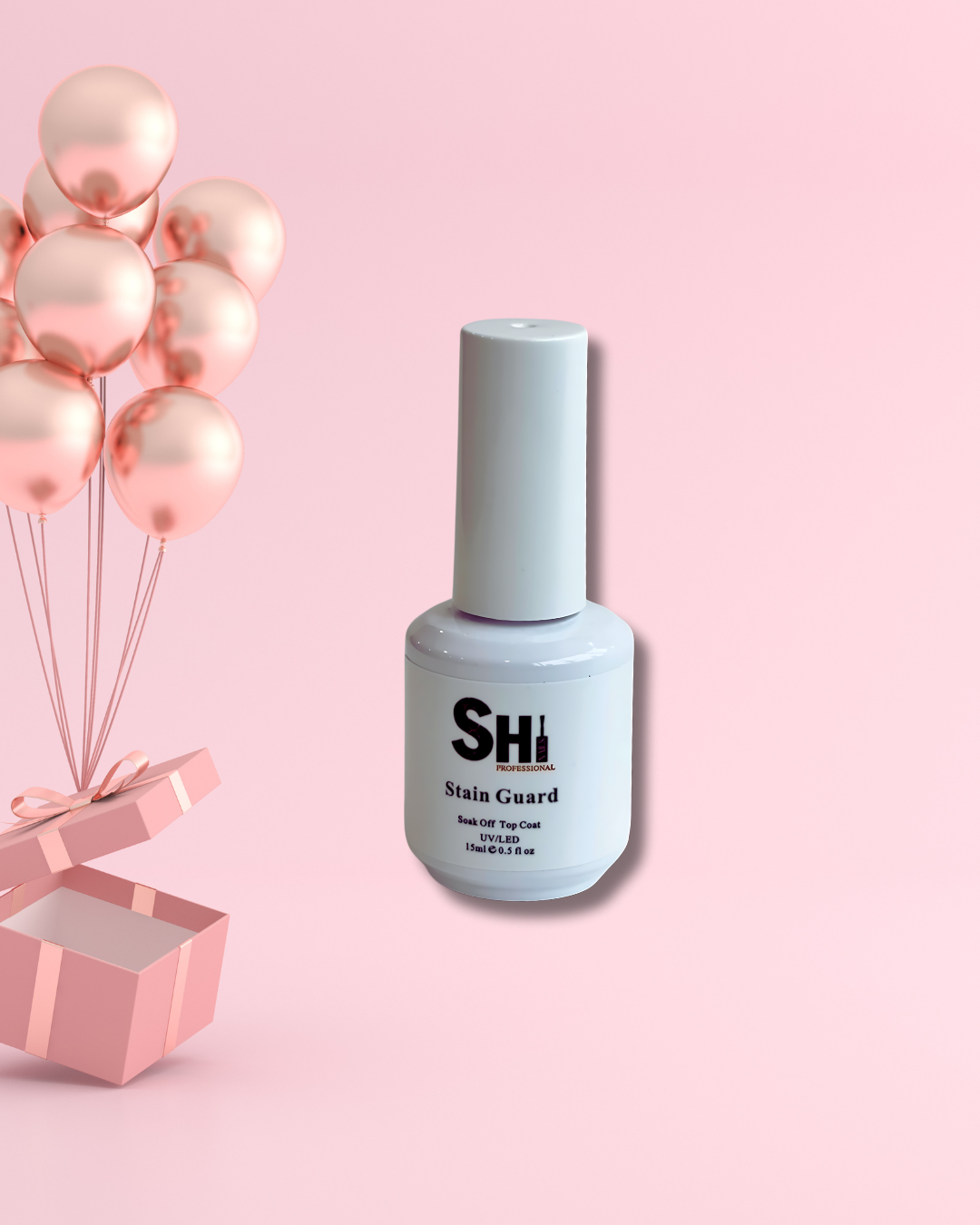
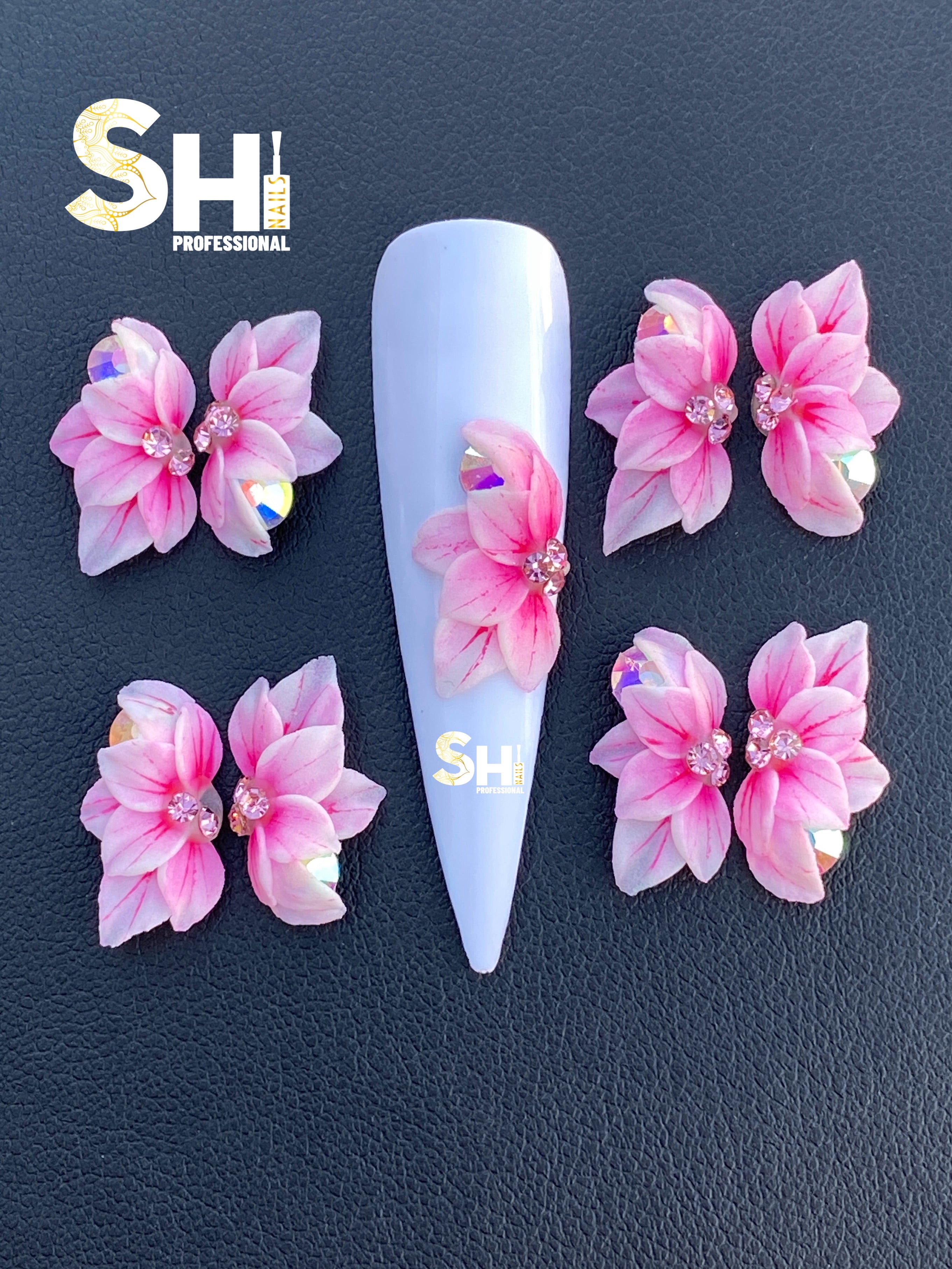
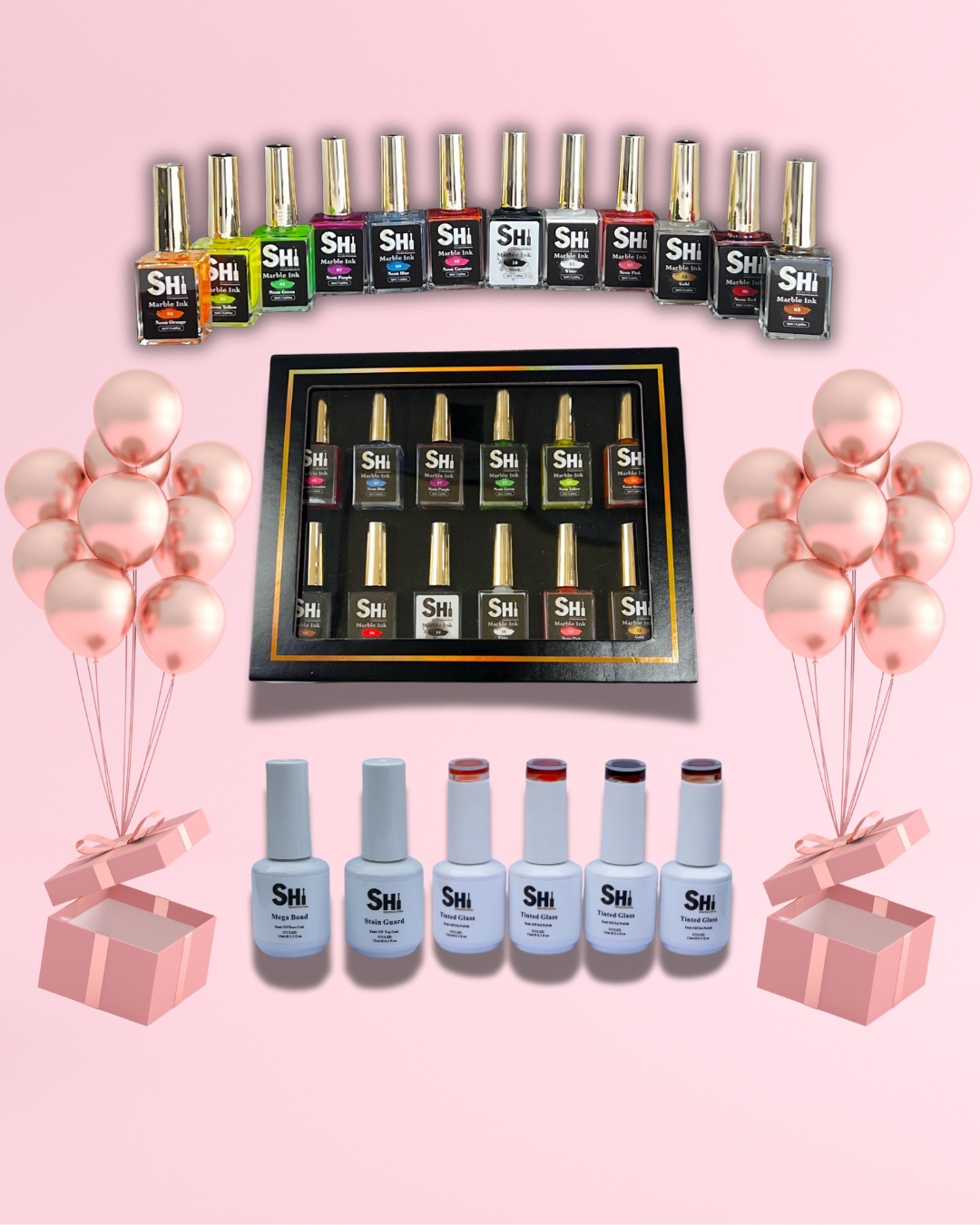
Leave a comment